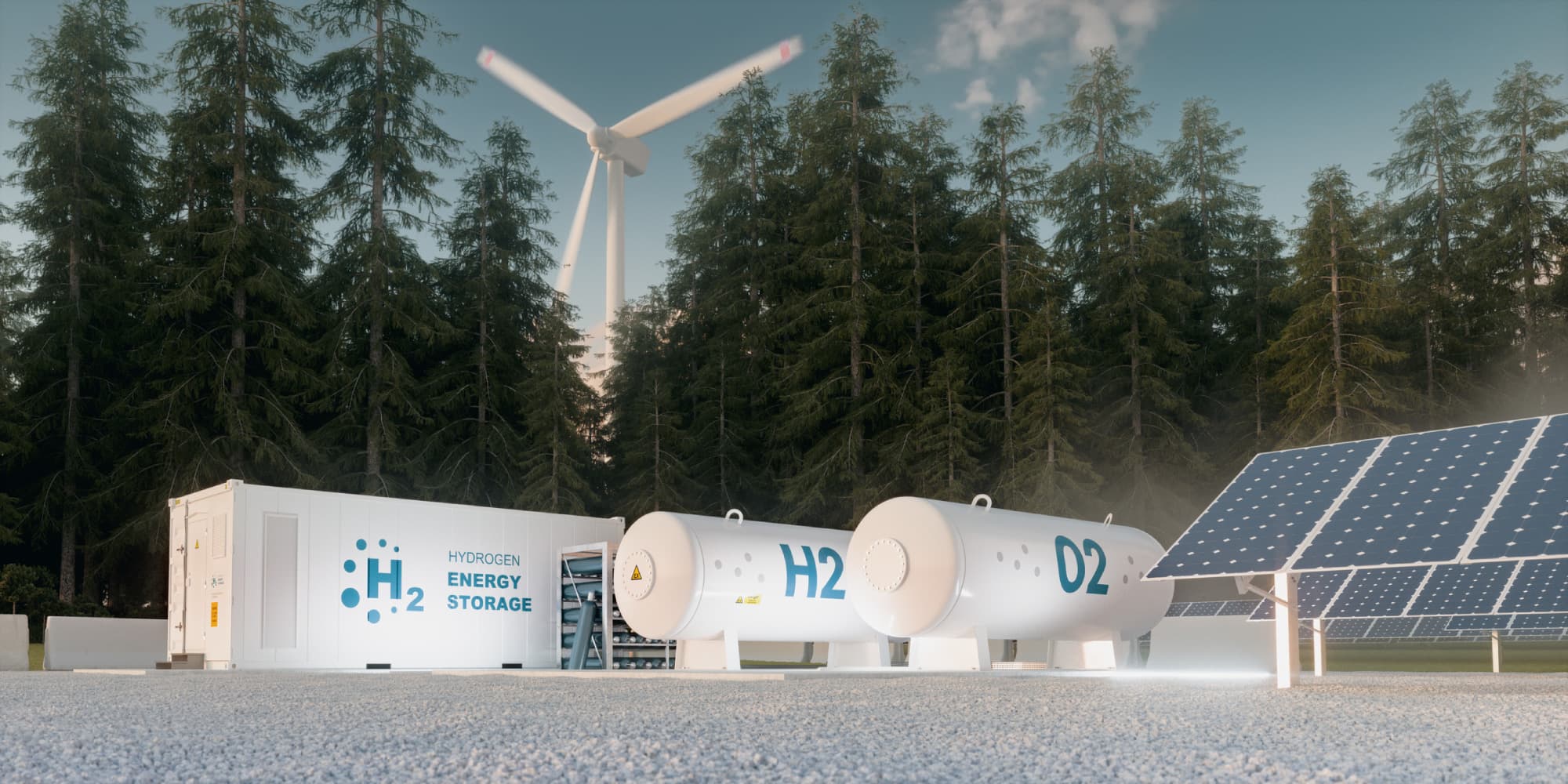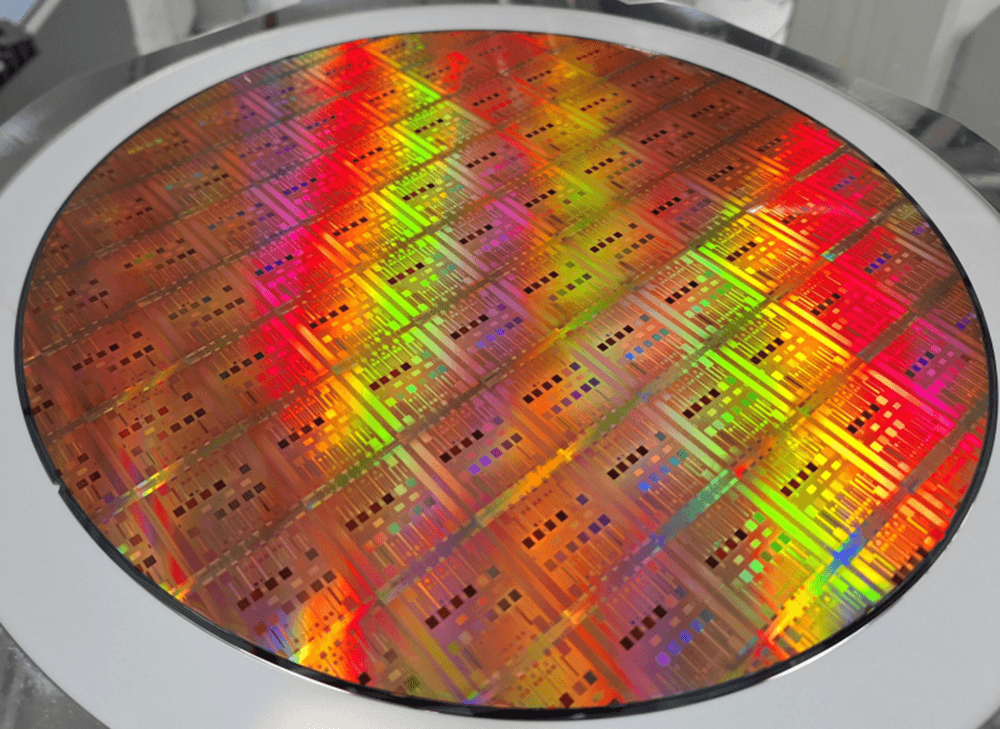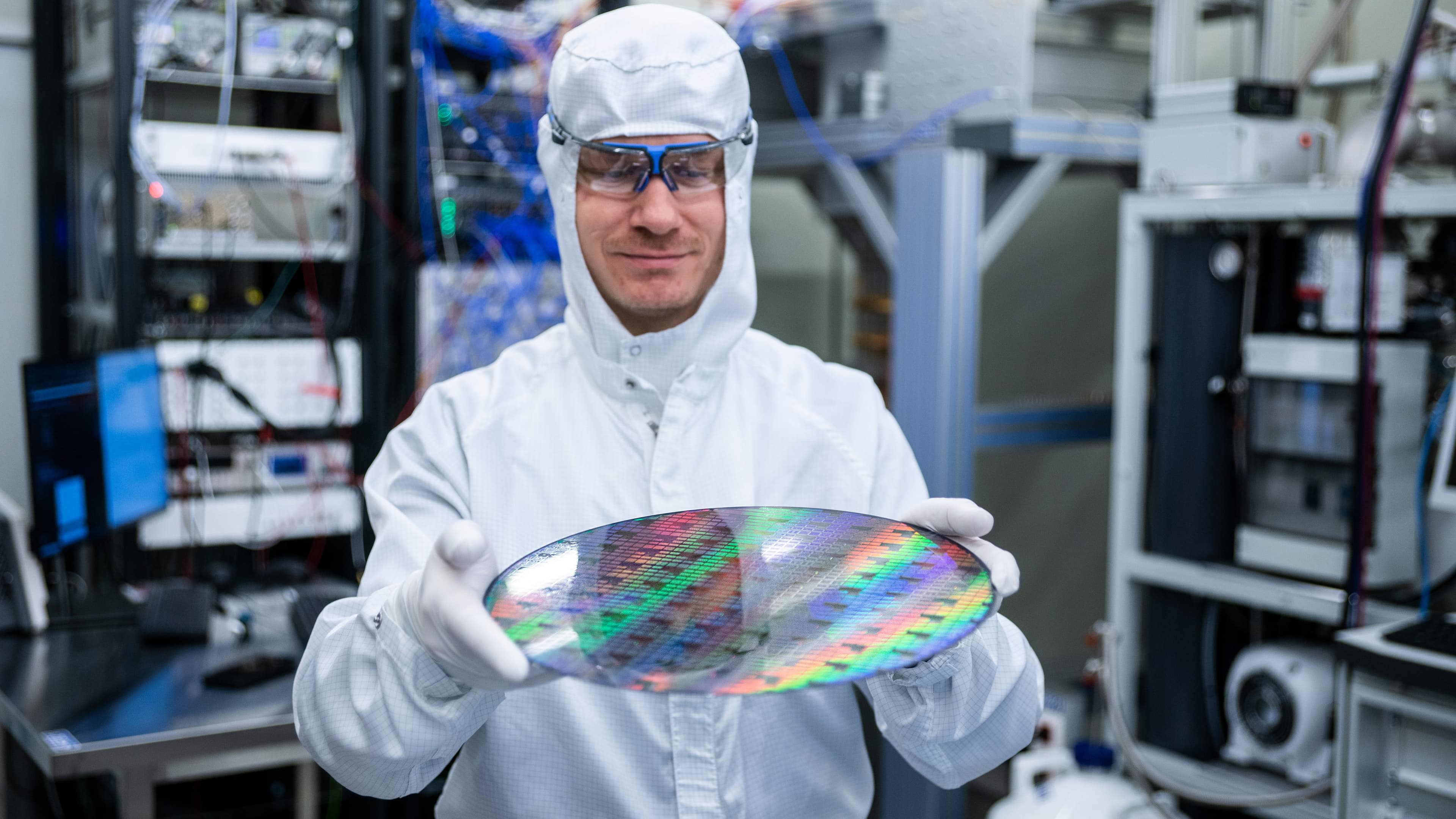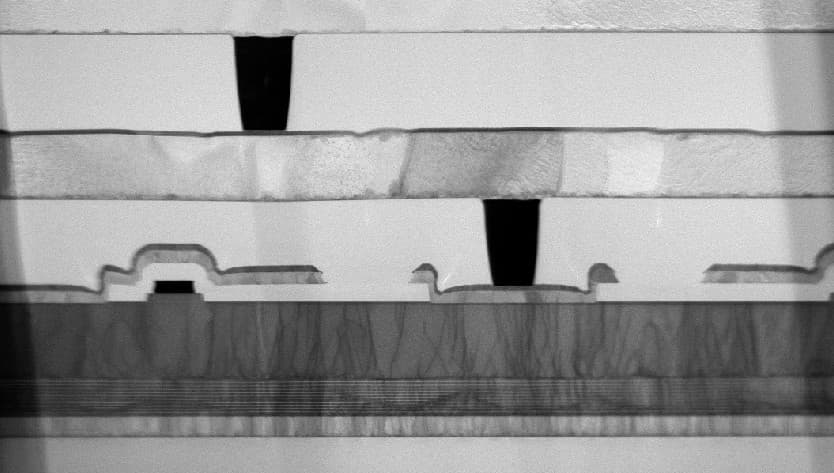
New electrolysis technologies for green hydrogen and other molecules
Electrolysis can convert renewable energy sources into valuable molecules that can act as energy storage, e-fuel or feedstock for industry.
Electrolysis, when powered by renewable energy sources, is a key component for a decarbonized future. It can be used to produce green hydrogen by splitting water (H2O) into hydrogen (H2) and oxygen (O2) using an electric current. How can this simple process decarbonize industry, transportation and energy storage?
- Hydrogen can be used as a feedstock for various industrial processes, such as the production of chemicals and steel. By replacing conventional fossil fuels in these processes, electrolytic hydrogen can contribute to reducing carbon emissions in industries that are traditionally challenging to decarbonize.
- Hydrogen can be used as clean fuel for various modes of transportation, including fuel-cell vehicles.
- Hydrogen can be used for energy storage: (excess) energy generated from intermittent renewable sources can power the electrolysis process to produce hydrogen, which can then be stored and later converted back into electricity when needed. It’s a way to flexibly balance the electricity grid. It can, as such, be used in decentralized systems, reducing transmission and distribution losses.
- Hydrogen can be combined with carbon dioxide capture and utilization (CCU) to create chemicals such as formic acid, ethylene and methanol. These can be used as synthetic fuels or synthetic natural gas, providing a carbon-neutral alternative to traditional fossil fuels.
Power-to-Molecules research program for green electrolysis
Imec and EnergyVille want to push the power of green electrolysis forward by making the process much more efficient. And by increasing its throughput, selectivity and reliability.
Power-to-Molecules, a multistage rocket to a new energy area
These are the building blocks our researchers are working on:
- Nanomesh material for use in electrodes. The large surface area and high porosity of the materials ensure excellent results.
- Thin-film catalyst technology to make the nanomesh electrodes catalytic, facilitating the chemical reaction.
- Ion-conductive solid membranes for electrolysis cells. The solid electrolytes developed for imec’s innovative batteries are used to make compact membranes that are highly conductive for the targeted ions.
- An integrated photovoltaic and electrochemical cell for true decentralized energy solutions.
- Interface technology for optimizing the electrolysis process.
Specifically for CCU, imec develops a revolutionizing technology to turn the traditional 2-step process into a simple 1-step process: the direct electrochemical conversion of CO2 to valuable molecules. This technology could, for example, be used at emission sites such as factory exhausts or even directly from the air.
Want to get involved in our research? Click the button below to get in touch.












